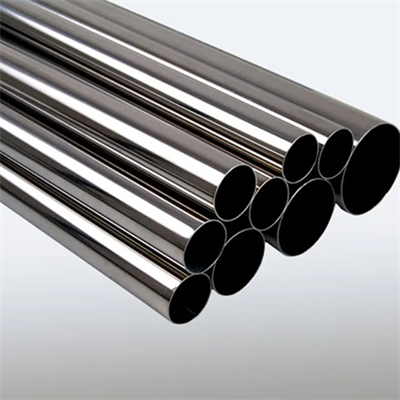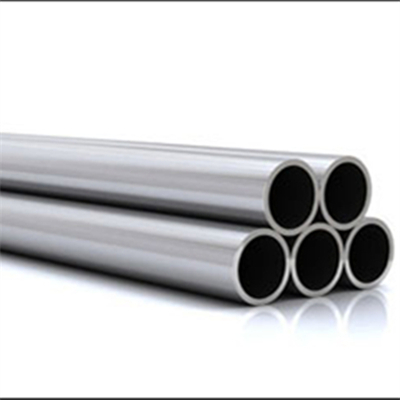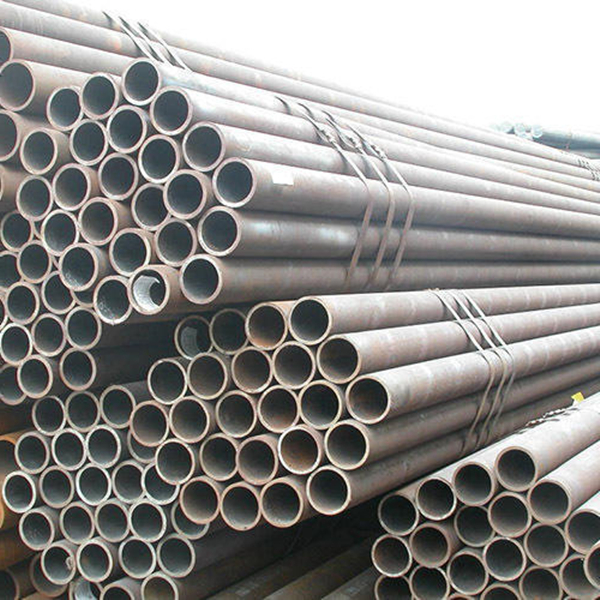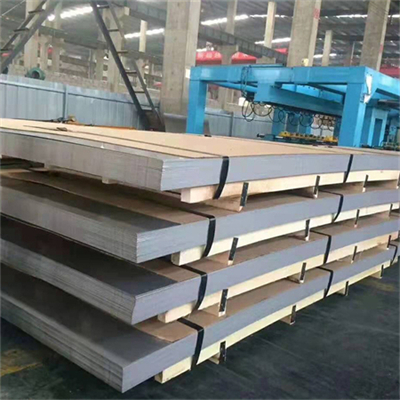410 Stainless Steel tube
410 stainless steel features
(1) High strength;
(2) Excellent machinability;
(3) Hardening occurs after heat treatment;
(4) Magnetic;
(5) Not suitable for harsh corrosive environments.
The chemical composition of 410 stainless steel is characterized by adding molybdenum, tungsten, vanadium, niobium, and other elements based on different composition combinations of 0.1%-1.0% carbon C and 12%-27% chromium Cr. Since the tissue structure is a body-centered cubic structure, the strength drops sharply at high temperatures.
The difference between 401 stainless steel and 304 stainless steel
The difference between 401 stainless steel and 304 is the thickness. 304 stainless steel is austenitic stainless steel, 401 series is martensitic stainless steel, the former is not magnetic, the latter is magnetic. 401 is a type of 400 series stainless steel. Generally speaking, 304 is better for rust and corrosion resistance. In some special places, 401 is better than 304. For example, some places require a higher level in India but do not need good rust resistance. , you can choose to use 401 at this time. In daily life, there are also many things to pay attention to when using stainless steel. For example, remember to cook or store acidic food in the stainless steel pot during use, otherwise, the acid in the acidic food will cause some ingredients in the stainless steel pot. Be sure not to use stainless steel to cook traditional Chinese medicine. Traditional Chinese medicine contains some bad ingredients, so don't choose this kind of utensil to cook. In the process of using stainless steel, remember to burn it empty, because the thermal conductivity of stainless steel pots is lower than that of other materials, and the heat conduction is relatively slow. Aging greatly affects service life.
The effect of 401 stainless steel on the human body
401 stainless steel is harmless to the human body and is widely used in corrosion-resistant containers, tableware, medical equipment, furniture, railings, etc. When purchasing stainless steel products, you should pay attention to the type marked. 401 stainless steel is food grade and is a stainless steel grade produced according to the American ASTM standard, which is equivalent to China's 1Cr13 stainless steel. Standard 401 stainless steel belongs to martensitic stainless steel, which has high toughness and hardness. It can ensure the original stability regardless of the temperature, and it is non-toxic and tasteless.
It is very safe to use 401 stainless steel as tableware. It is not easy to oxidize and fall off. It is durable and fall-resistant. There is no problem with heating with fire and induction cooker, and it is very convenient to clean.
It should be noted that it is best not to use 410 stainless steel tableware to hold food such as salt and vegetable soup for a long time, otherwise, it may cause a chemical reaction to dissolve toxic metal elements.
The properties of stainless steel
The term "stainless steel" does not simply refer to one type of stainless steel, but to more than one hundred industrial stainless steel, each developed to perform well in its specific field of application. The key to success is to first understand the application and then determine the correct steel grade. There are usually only six steel grades associated with building construction applications. They all contain 17-22% chromium, and the better grades also contain nickel. The addition of molybdenum can further improve atmospheric corrosion, especially corrosion resistance to chloride-containing atmospheres.
compared to carbon steel
1. Density
The density of carbon steel is slightly higher than that of ferritic and martensitic stainless steel, and slightly lower than that of austenitic stainless steel;
2. Resistivity
The resistivity increases in the order of carbon steel, ferritic, martensitic, and austenitic stainless steel;
3. The order of linear expansion coefficient is similar, austenitic stainless steel is the highest, and carbon steel is the smallest;
4. Carbon steel, ferritic and martensitic stainless steels are magnetic, and austenitic stainless steels are non-magnetic, but their cold work hardening will generate magnetism when they form martensitic transformation, and heat treatment can be used to eliminate this martensite. tissue and restore its non-magnetic properties.
Compared with carbon steel, austenitic stainless steel has the following characteristics:
1) High resistivity, about 5 times that of carbon steel.
2) Large linear expansion coefficient, 40% larger than carbon steel, and with the increase of temperature, the value of linear expansion coefficient also increases accordingly.
3) Low thermal conductivity, about 1/3 of carbon steel.









